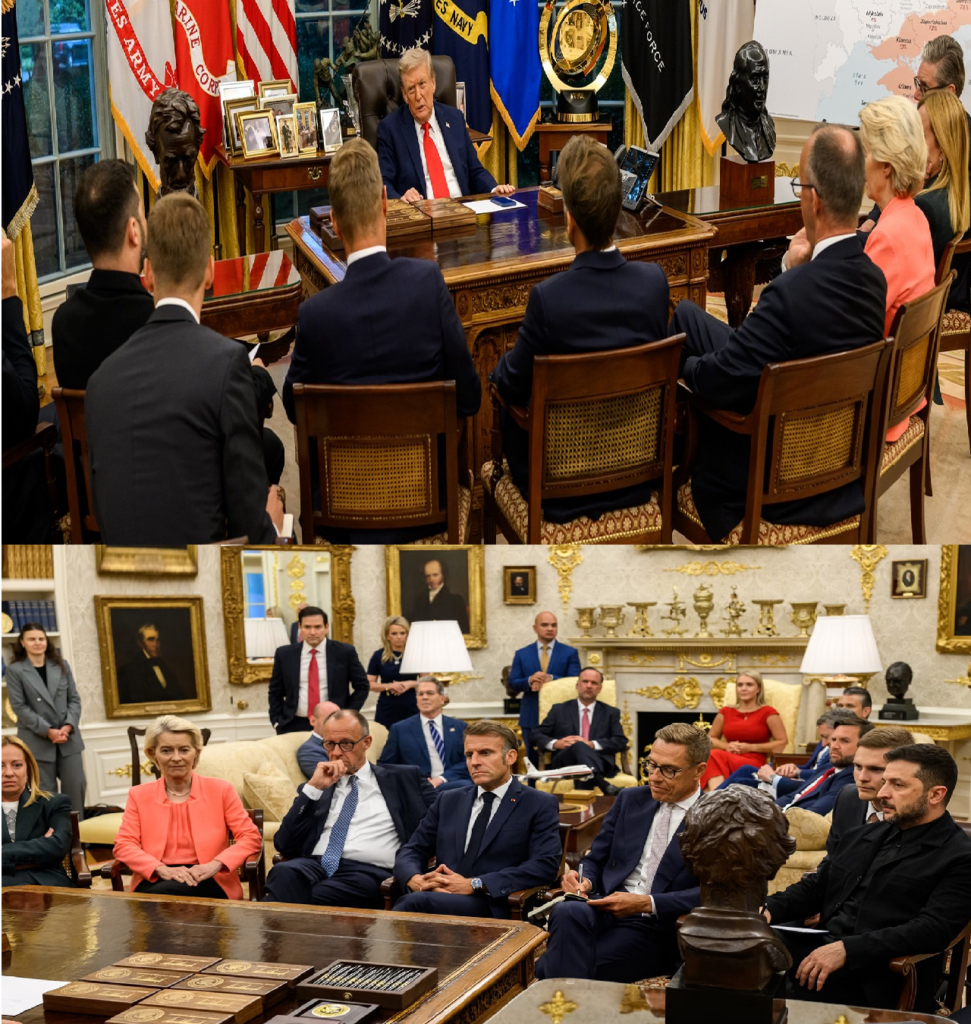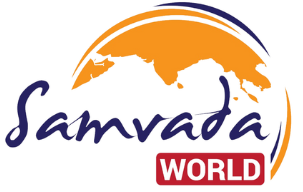
- The Ukrainian President visited the U.S. with European leaders to show Europe’s intent to be an active player in the peace process.
- Talks in Washington focused on U.S. security guarantees for Ukraine and possible ceasefire terms, while European leaders also pressed for fair representation in any future negotiations.
- While Ukraine demands full Russian withdrawal from its territories, Russia insists on recognition of its current control and an end to NATO’s eastward expansion.
The historic Alaska summit marked a turning point, as Russian President Vladimir Putin became the first Russian leader ever to land in Alaska. Yet, the summit did not yield concrete results. Instead, it created a framework of initiatives for a possible ceasefire between Russia and Ukraine. While Putin made it clear that Russia would not compromise on its terms for peace, Ukraine conveyed that it was open to dialogue but not at the cost of its security.
Soon after, the Ukrainian President, accompanied by several European leaders, travelled to the United States. Italian Prime Minister Giorgia Meloni, French President Emmanuel Macron, UK Prime Minister Keir Starmer and NATO Secretary General Mark Rutte were all in attendance. Their presence underlined Europe’s intent to play an active role in the peace process rather than remain passive spectators.
The main agenda of the Washington talks revolved around U.S. security guarantees for Ukraine, discussions on ceasefire terms, and Europe’s role in any diplomatic framework. By backing the Ukrainian President, European leaders sent a strong signal to Washington that Europe must have fair representation in any negotiations involving Ukraine’s future.
Reports also suggest that Ukraine is considering purchasing defence equipment from the U.S., UK and European partners in exchange for long-term security guarantees. However, the central differences remain stark:
- Ukraine’s stance: Russia must completely withdraw its forces from all Ukrainian territories.
- Russia’s stance: Territories currently under Russian control must be recognised, and NATO must halt any further eastward expansion.
Moscow has repeatedly stressed that NATO enlargement violates earlier assurances given to Russia. Western leaders, however, argue that such assurances were never intended as permanent guarantees.
Hosting the talks at the White House, President Trump emphasised that any lasting peace agreement must be permanent rather than temporary. Yet Russia and Ukraine remain divided on what such a permanent settlement would entail.
The visits, first by President Putin and then by the Ukrainian President with European leaders, highlight the intensity of current diplomatic efforts. Whether these efforts will lead to a breakthrough remains uncertain, as the gulf between Russian and Ukrainian positions remains wide.
Aayush Pal is a freelance writer on contemporary geopolitical developments. The views expressed in his work are entirely his own.
